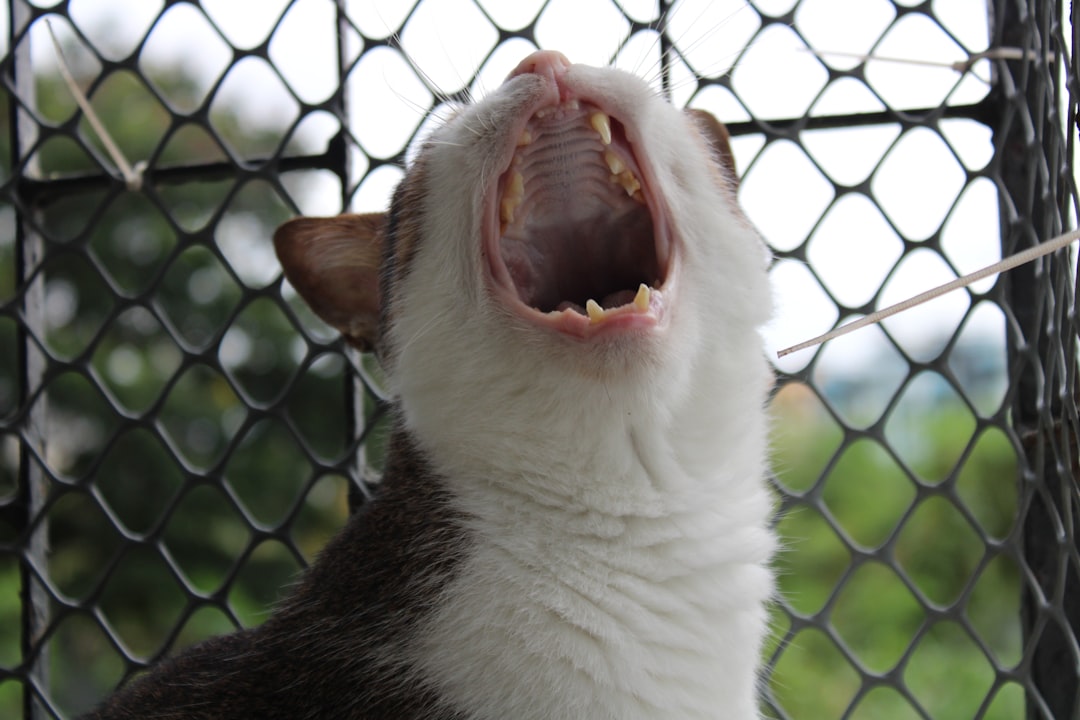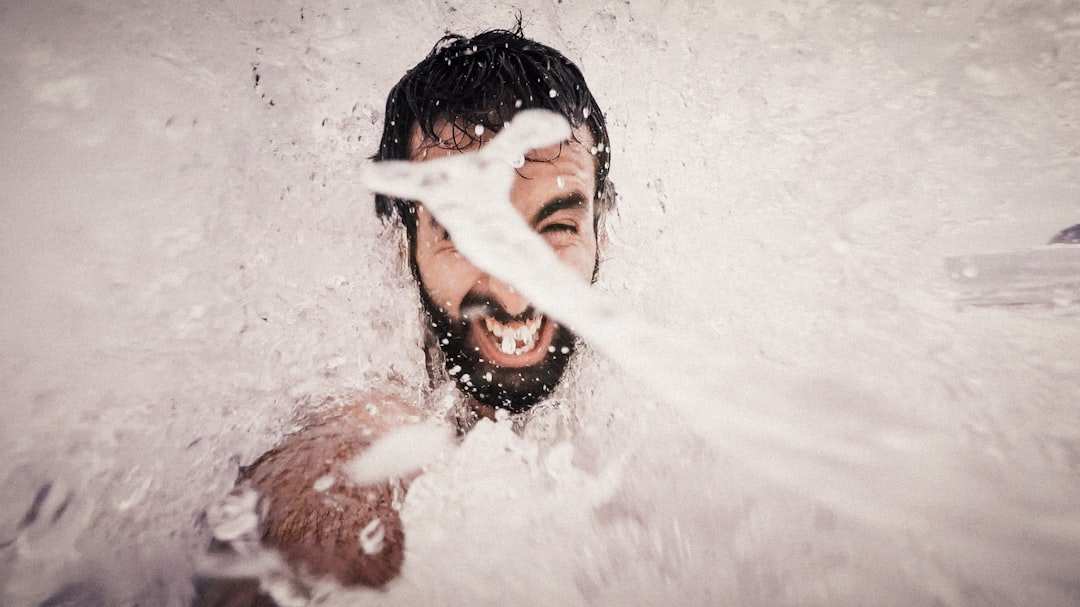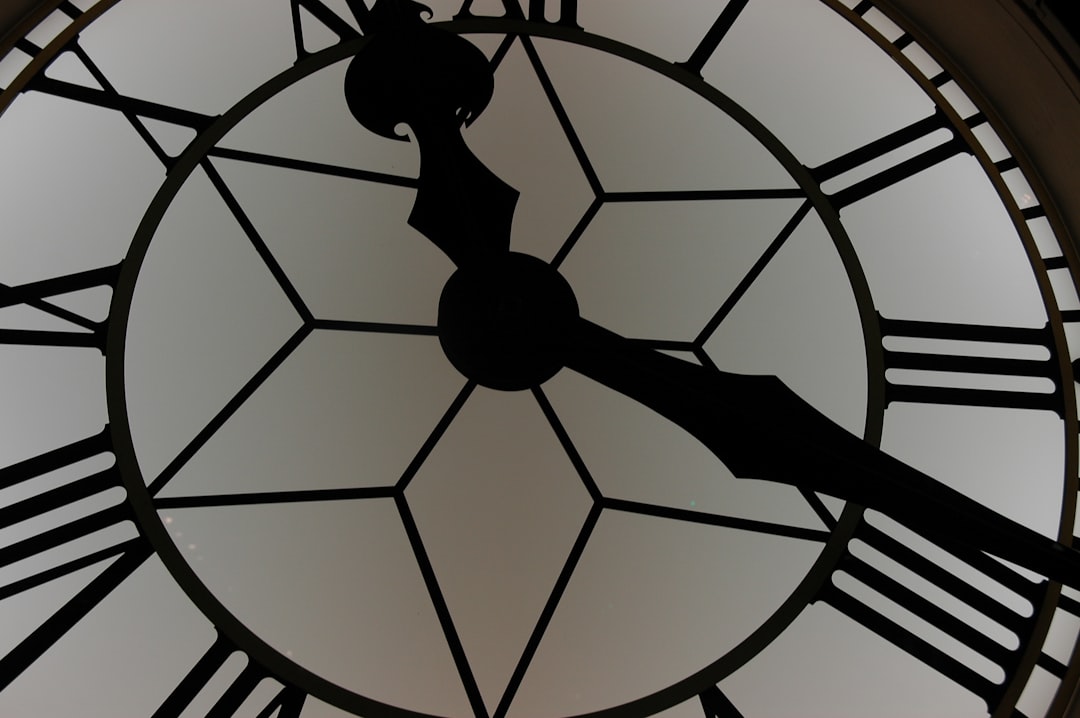Interior painting in Miami demands much more than just aesthetic choices; timing plays a crucial role given the city’s unique tropical climate. This article explores how Miami’s weather patterns, humidity levels, and seasonal shifts impact interior painting projects. We delve into the importance of selecting moisture-resistant paints and finishes that withstand the coastal environment. Readers will discover practical tips from local experts on scheduling painting activities during the city’s drier months to maximize durability and visual appeal. Furthermore, the guide highlights modern paint brands suitable for Miami homes, emphasizing quality and longevity. Whether you’re a homeowner seeking to refresh your living space or a property manager aiming to preserve interiors, understanding when and how to paint in Miami is vital for lasting, flawless results.
Interior Painting in Miami: Why Timing is Key
Living in Miami offers the charm of year-round sunshine and a vibrant coastal lifestyle, but it brings particular challenges for home maintenance. Interior painting, a seemingly straightforward task, becomes complex in Miami’s tropical monsoon climate. High humidity, frequent rains from May through October, and salty sea air can seriously compromise a paint job’s longevity if mistimed.
Choosing the best time to paint indoors in Miami requires deep awareness of local weather patterns and humidity variations. It also calls for selecting the right materials, finishes, and strategies to combat moisture-related issues such as paint bubbling, peeling, and mold growth. Local painting experts know that scheduling projects during drier months and employing moisture-resistant paint brands like Sherwin-Williams, Behr, or Dunn-Edwards can deliver firmer adhesion and longer-lasting beauty.
In the sections that follow, we’ll unpack the science behind Miami’s climate-influenced painting requirements, explore essential timing considerations, and recommend professional practices tailored to homeowners and landlords looking to enhance their interiors effectively. Understanding the perfect window for interior painting in Miami is a key step toward achieving stunning, durable results.
Understanding the Impact of Miami’s Tropical Climate on Interior Painting Projects
Miami’s climate is characterized by a tropical monsoon pattern, leading to consistently high humidity throughout the year and a distinct rainy season from May to October. This climate directly impacts interior painting, as walls often endure moisture accumulation that challenges the durability of most paints.
Humidity levels in Miami can hover from 60% to over 90%, especially during summer months, creating an environment where traditional paints may struggle. Interior walls often “sweat,” causing paint to bubble, peel, or discolor if applied under unsuitable conditions or with incorrect materials.
Well-ventilated spaces mitigate these effects, but many older Miami homes and apartments face problems, including mold and mildew growth in corners, bathrooms, and kitchens. When planning an interior painting project, it’s critical to measure moisture content and moisture flow inside walls to prevent paint failure.
The Risks of Painting During High Humidity
- Slower Drying Times: Elevated humidity delays paint drying, which can cause sagging, runs, or solvent retention.
- Mold and Mildew Growth: Moisture trapped beneath paint promotes fungal growth, appearing as unsightly stains and compromising paint adhesion.
- Peeling and Bubbling: Moisture pressure from within walls can lift fresh paint, leading to bubbling and peeling, requiring costly repairs.
Tools and Techniques to Combat Climate Impact
Local painters often employ moisture meters before painting to ensure walls have dried sufficiently. Using mold-resistant primers and top-quality paints designed for humid climates, such as Benjamin Moore’s Aura Bath & Spa or Valspar’s Anti-Mildew formulas, helps maintain paint integrity.
Additionally, applying breathable paint finishes is essential to avoid trapping moisture within surfaces. These finishes permit vapor transmission, minimizing moisture buildup. Satin or semi-gloss finishes typically outperform matte in humid conditions because they are easier to clean and resist water spots.
| Climate Factor | Impact on Interior Paint | Mitigation Strategy |
|---|---|---|
| High Humidity | Delays drying, encourages mold | Use mildew-resistant paints and moisture meters |
| Rainy Season (May–Oct) | Walls retain moisture, paint bubbles | Schedule painting in dry season November–April |
| Salt Air | Paint chalking and deterioration | Use high-quality, durable coatings |
For more details on avoiding common errors related to Miami’s climate, check out our article on Interior Painting Mistakes in Miami.

Choosing Quality Paints and Finishes for Long-Lasting Miami Interiors
Not all paints are created equal, especially when it comes to Miami’s demanding environment. Selecting paints specifically formulated for high humidity and heat is critical for interior longevity. Top-tier brands such as Sherwin-Williams, Behr, Benjamin Moore, Valspar, and Dunn-Edwards each offer specialized products designed to resist mold, mildew, and moisture damage.
For instance, Sherwin-Williams’ Duration Home line features excellent moisture resistance and washability, making it ideal for Miami interiors. Similarly, Behr’s Premium Plus Ultra is formulated with advanced mildew-resistant technology, suitable for bathrooms and kitchens with elevated dampness.
Best Paint Types for Miami Interiors
- Latex-Based Paints: Most suited for tropical climates as they dry quickly, resist cracking, and handle moisture better than oil-based options.
- Mildew-Resistant Paints: Essential for areas prone to condensation and poor ventilation like basements and bathrooms.
- Breathable Paints: Allow moisture vapor to escape, preventing trapped water and blistering.
Choosing the Right Finish
Matte finishes, while trendy, can absorb moisture, making them less ideal for humid interiors. Satin and semi-gloss finishes are more practical as they provide a durable barrier resistant to water and stains.
Eggshell finishes are a middle ground, offering subtle sheen with moderate resistance suitable for living rooms and bedrooms. On the other hand, high-performance waterproof finishes, including some offerings by PPG Paints and Glidden, are perfect for places exposed to frequent moisture.
| Finish Type | Benefits | Recommended Usage |
|---|---|---|
| Matte | Hides imperfections but traps moisture | Low-traffic dry areas |
| Eggshell | Moderate sheen, decent moisture resistance | Bedrooms, living rooms |
| Satin/Semi-gloss | Resists moisture, easy to clean | Kitchens, bathrooms, children’s rooms |
| High gloss | Durable and washable | Trim, doors, high humidity areas |
For further insights on paint types, benefits, and limitations, you may explore our guide on Oil vs. Water-Based Paints.
Seasonal Timing Strategies: When to Paint Interiors in Miami for Best Results
Timing is a crucial factor often underestimated in Miami’s interior painting projects. The city’s pronounced rainy season significantly influences paint drying and curing processes. Therefore, scheduling your painting from November through April, which coincides with Miami’s drier months, leads to optimal outcomes.
Advantages of Painting During the Dry Season
- Lower Humidity: Paint dries faster and adheres better with fewer chances of peeling or bubbling.
- Improved Ventilation: Cooler, drier breezes allow for pleasant airflow, reducing indoor moisture during painting.
- Extended Daylight Hours: More daylight supports faster completion and better curing.
Painting Challenges in Rainy Season
While technically feasible, painting during May through October increases risks, such as trapped moisture, uneven finishes, and mold. Structural repairs due to water damage are more frequent if projects are rushed in this period. Expert Miami painters advise against scheduling major interior painting during peak summer months.
Daily Timing and Environmental Control
Even within the ideal months, the time of day matters. Early mornings, before humidity rises, provide the best window. Utilizing air conditioning and dehumidifiers during and after painting helps maintain a stable environment enabling faster drying and curing of paint.
| Timing | Pros | Cons |
|---|---|---|
| November–April (Dry Season) | Low humidity, fast drying, fewer defects | Potential scheduling demand on contractors |
| May–October (Rainy Season) | Available time window for interior painting | High humidity, risk of paint failure, mold growth |
| Early morning | Lowest humidity of the day | Limited hours, coordination needed |
| Afternoon | Warmer temps speed drying but high humidity | Increased chance of issues with adhesion |
In urgent cases or off-season projects, professional painters trained in spray techniques deliver controlled applications reducing risk of moisture-related defects. For insights on these methods, visit our post on Spray Techniques for Flawless Results.
Essential Preparation Steps for Miami Homes Before Interior Painting
Preparation forms the foundation of any successful painting project, but in Miami, it’s even more critical given the risks associated with humidity and salty air. Thorough preparation prevents premature paint failure and ensures durability.
Key Preparation Guidelines
- Cleaning Surfaces: Remove dirt, grease, dust, and mold. This is particularly important in kitchens and bathrooms.
- Stripping Loose Paint: Older Miami homes may have failing paint layers; these need complete removal before repainting.
- Patching and Repairing: Fill holes, cracks, and imperfections with high-quality patching compounds.
- Mold and Mildew Treatment: Apply mold-resistant primers, especially in moisture-prone locations.
- Moisture Testing: Use moisture meters to verify surfaces are dry enough for painting.
Neglecting these steps often leads to premature peeling. For a comprehensive approach, read our article about successful painting project management here: Successful Painting Project Tips.
Materials and Tools Recommended for Miami Interiors
The choice of primers and sealants significantly influences the final result. Brands like Farrow & Ball and Glidden offer excellent mold-resistant primers that complement the high-end paints from Rust-Oleum and Olympic Paints.
Additionally, caulks and sealants are vital for sealing joints and cracks to prevent water intrusion. For detailed guidance, consider our expert resource on Caulks and Sealants.

How Professional Painters in Miami Optimize Interior Painting Outcomes
Given Miami’s environmental challenges, professional painting contractors deploy expert knowledge and specialized tools to guarantee premium results. Their understanding of local climate nuances helps mitigate risks associated with humidity and salt air.
Advantages of Hiring Local Painting Experts
- Product Selection: Professionals select brands and formulas like Dunn-Edwards and Benjamin Moore, ensuring the best fit for Miami’s climate.
- Scheduling Expertise: They plan work during optimal periods and adjust project timing based on weather changes.
- Advanced Techniques: Use of spray systems and precise humidity control methods improve paint adhesion and finish quality.
- Warranty and Quality Assurance: Professionals provide guarantees, ensuring customer satisfaction and long-term durability.
DIY painting may seem economical but risks costly redo projects in Miami’s tropical context. Trusted painters also provide color consultations, helping clients balance vibrant local trends with practical finishes that withstand Miami’s humidity and sunlight.
Innovative Color Trends and Interior Design Influences in Miami Painting
Reflecting Miami’s lively culture and coastal beauty, contemporary interior painting embraces vibrant, yet practical palettes designed for tropical living. Color selection is not only an aesthetic choice but a functional one to enhance light reflectivity and mood within humid interiors.
Popular Color Families
- Ocean Blues and Aquas: Calm and refreshing, these hues mimic the nearby sea, fostering tranquility and evoking Miami’s coastal vibe.
- Warm Sand and Beige Tones: Earthy neutrals that work well in absorbing light and hiding dirt, creating cozy spaces.
- Pastel Greens and Tropical Corals: Uplifting colors that inject energy and optimism, often used in accent walls or lively rooms.
- Classic Whites and Greys: Timeless backdrops that balance humidity with clean aesthetics and versatility.
Blending these shades with suitable finishes creates interiors that are both stylish and resilient, supported by top brands like Farrow & Ball and PPG Paints, known for their rich pigmentation and durability.
Practical Tips to Pair Color with Climate Considerations
- Choose lighter shades for rooms with limited natural light to enhance brightness.
- Use semi-gloss finishes in moisture-prone areas to support easy cleaning.
- Accessorize with tropical-inspired décor to complement paint choices for cohesive design.
Explore additional interior painting ideas and how to adapt trends to Miami homes in Interior Painting Miami Tips.
| Color Category | Effect | Recommended Usage |
|---|---|---|
| Ocean Blue | Soothing, spacious feel | Living rooms, bedrooms |
| Tropical Coral | Vibrant, energizing | Accent walls, kitchens |
| Warm Beige | Neutral, cozy | Hallways, dining rooms |
| Soft Green | Refreshing, calm | Bathrooms, study |
Maintaining Your Interior Paint to Withstand Miami’s Humidity and Time
After investing in a quality paint job, regular upkeep ensures the aesthetic and structural integrity endures. Miami homeowners should adopt maintenance routines geared toward a humid tropical environment.
Routine Maintenance Practices
- Dusting and Cleaning: Use soft, damp cloths for walls to prevent buildup of dirt and salt residues.
- Inspect for Mold: Watch for early signs of mold or mildew, particularly in high moisture zones.
- Ventilation: Improve airflow with fans or dehumidifiers to reduce dampness affecting paint longevity.
- Touch-Ups: Regularly address minor peeling or damages promptly to avoid widespread deterioration.
Addressing these factors extends the lifespan of your interior paint substantially. Coordinating annual inspections by professional services like those offered in Affordable Miami Painting ensures expert care and timely interventions.
Practical Advice and Emerging Trends in Miami Interior Painting
Expert Tips for a Flawless Interior Paint Job
- Plan According to Weather: Always check Miami’s weather forecasts and avoid painting on rainy or extremely humid days.
- Use High-Quality Tools: Professional brushes and rollers improve coverage and smoothness.
- Apply Mold-Resistant Primers: Prevent problems before painting begins.
- Maintain Consistent Indoor Temperature: Optimal range between 50°F and 85°F supports paint curing.
- Ventilate Effectively: Open windows or use fans to reduce moisture during paint application.
Current Trends in Interior Painting for Tropical Regions
- Eco-Friendly Low-VOC Paints: Growing in popularity to maintain indoor air quality.
- Textured Paint Finishes: Adding dimension and depth to interior walls, achievable with specialty coatings.
- Smart Paint Technology: Incorporating features like anti-microbial or temperature-sensitive coatings.
- Color Blocking and Bold Accents: Using vibrant shades sparingly for dynamic rooms that reflect Miami’s culture.
Dive deeper into texture techniques to add depth and resilience to your walls at Texture Techniques for Paint Dimension.
| Tips and Trends | Description |
|---|---|
| Plan Painting Around Weather | Align project timing with optimal humidity and temperature levels. |
| Use Mold-Resistant Products | Prevents fungal outbreaks common in tropical climates. |
| Apply Textured Finishes | Adds physical depth and style to walls. |
| Eco-Friendly Paints | Improves indoor air quality and health safety. |


